Resistance training for darts isn’t just about building bigger muscles; it’s about cultivating the precise strength, stability, and endurance needed for consistent, high-scoring throws. This article will explain how targeted resistance training improves your game, covering essential exercises and training plans. You’ll also discover how to integrate this training into your existing routine for optimal results.
⚠️ Still Using Pen & Paper (or a Chalkboard)?! ⚠️
Step into the future! The Dart Counter App handles all the scoring, suggests checkouts, and tracks your stats automatically. It's easier than you think!
Try the Smart Dart Counter App FREE!Ready for an upgrade? Click above!
Many dart players overlook the importance of physical conditioning, focusing solely on practice throws. However, incorporating a well-structured fitness program significantly enhances performance. Resistance training for darts offers a wealth of benefits, from improved accuracy and power to reduced risk of injury and increased mental focus.
This is especially crucial as the game demands sustained concentration and precise movements over extended periods. Neglecting physical fitness can lead to fatigue, impacting your accuracy and consistency, particularly during longer matches or tournaments. This article will guide you through developing a comprehensive training regime that strengthens the muscles crucial for your dart game while preventing common injuries.
Resistance Training for Darts: Building a Stronger Game
Resistance training for darts focuses on building strength and endurance in specific muscle groups essential for a powerful and accurate throw. Unlike other sports that require explosive power, darts demand controlled strength and unwavering stability. This is achieved through targeted exercises that strengthen your core, shoulders, and arms while improving your overall balance and coordination.
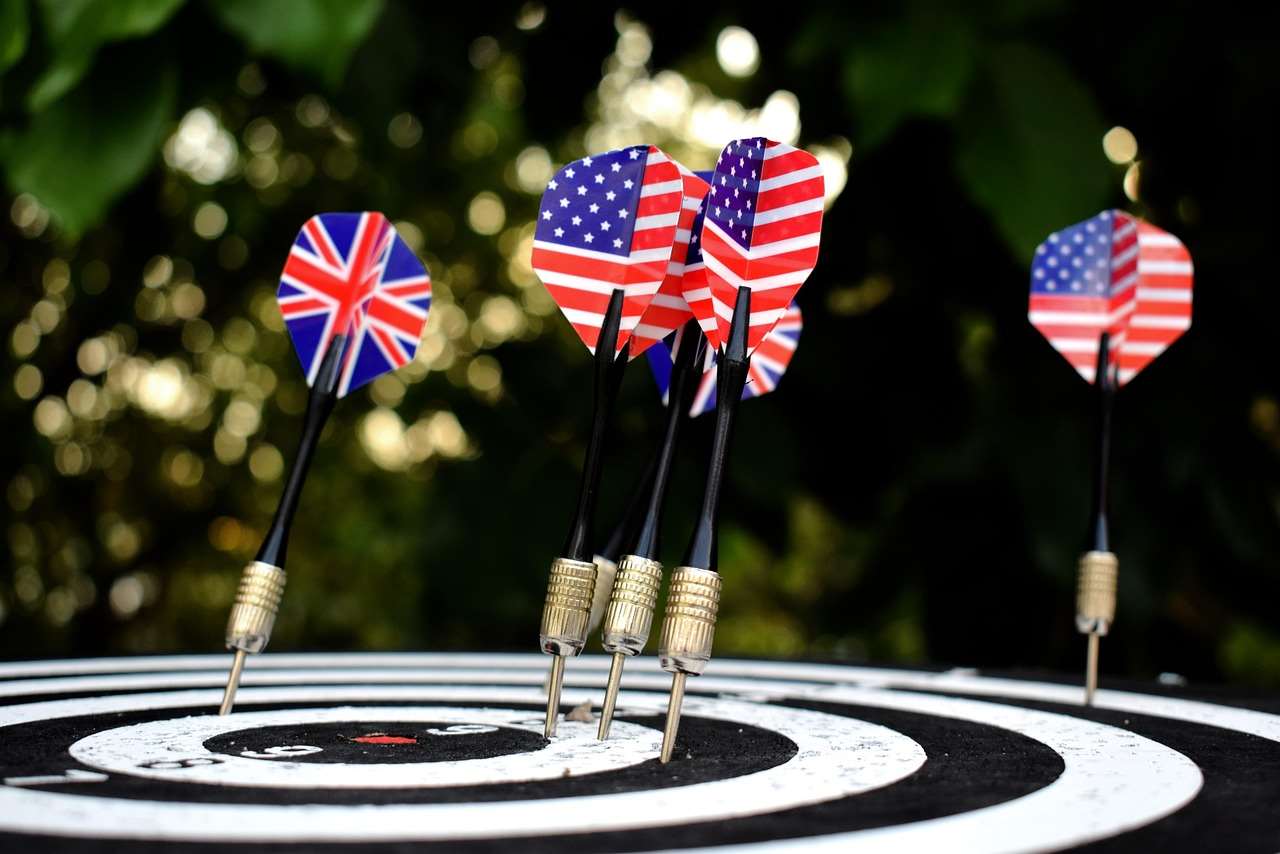
Let’s delve into the crucial muscle groups and exercises that form the foundation of a successful resistance training for darts program. A properly designed program should address the needs of every player, from beginners to seasoned professionals, and should account for factors like age, current physical condition and existing injuries. Remember to always consult a physical therapist or doctor if you have any underlying health concerns before beginning any new exercise program.
Core Strength
A strong core is fundamental to consistent throws. Your core muscles—including your abdominals, obliques, and lower back—stabilize your body, preventing unwanted movement during your throw. Weak core muscles can lead to inconsistent throws and ultimately lower scores. Exercises like planks, Russian twists, and dead bugs are excellent for strengthening your core. Consider incorporating these regularly into your training routine. Remember to maintain proper form and start with manageable weights to avoid injury. For further information, you might want to consult resources focusing on Darts Fitness Health.
Shoulder and Arm Strength
Your shoulders and arms are directly involved in the throwing motion, so strength and stability in these areas are crucial for accuracy and power. Exercises such as bicep curls, tricep extensions, and shoulder presses will help build strength. However, remember to avoid overtraining. Overworked muscles lead to fatigue and injuries. Finding the right balance is key to a successful resistance training regime. Best cross training for darts might be a good source to find inspiration for your routine.
Improving Grip Strength
A firm, yet relaxed grip is essential for consistent throws. Weak grip strength can affect your accuracy and control. Exercises such as grip strengtheners, deadlifts (with proper form!), and farmer’s walks are highly beneficial for this purpose. Improving grip strength will allow for better precision, leading to fewer missed shots and higher averages. Don’t underestimate the value of this aspect of resistance training for darts.
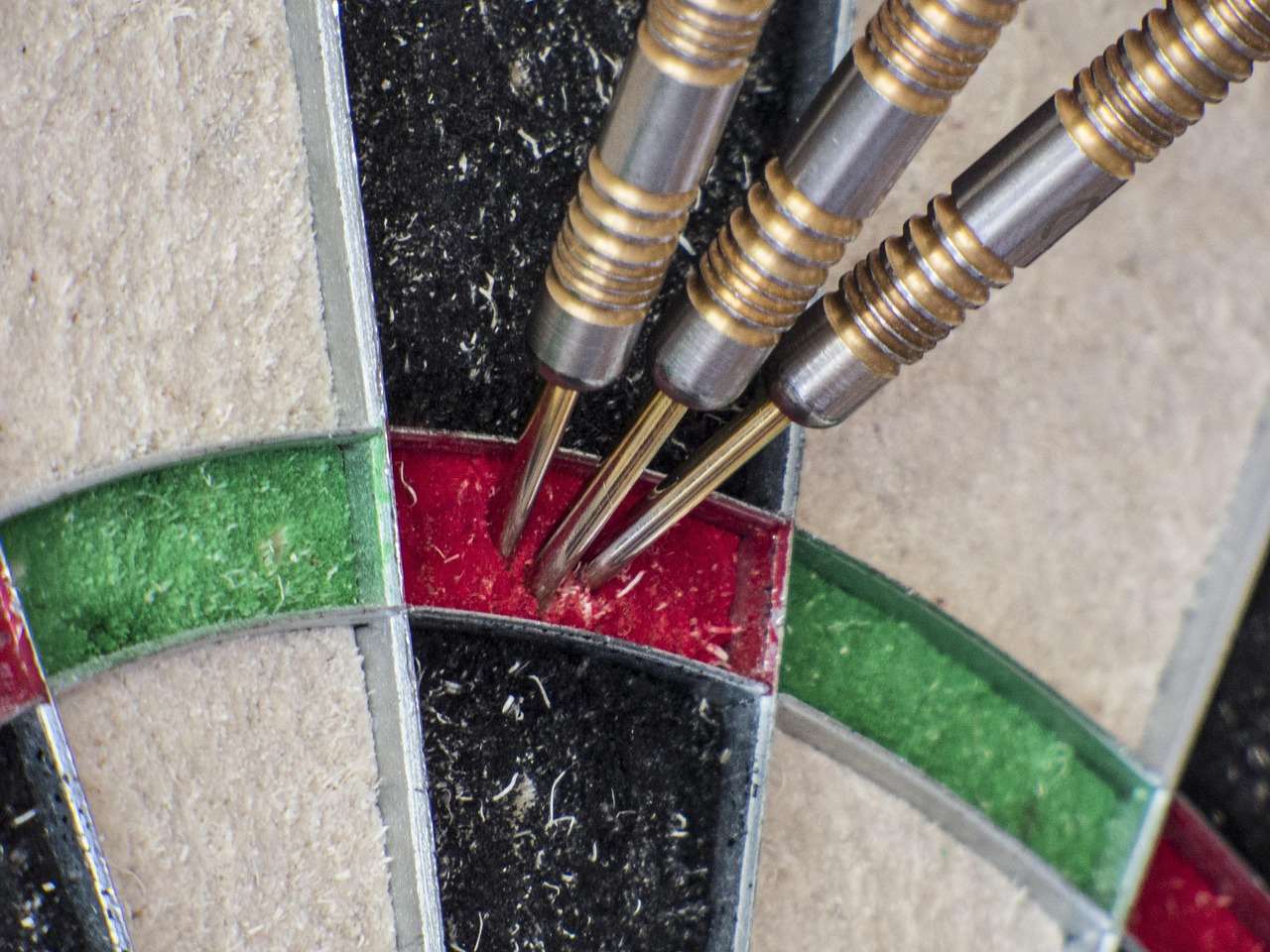
Flexibility and Range of Motion
Flexibility and a full range of motion are important to avoid injuries and ensure proper throwing mechanics. Incorporating stretches that target the shoulders, arms, back, and core into your routine can help improve your overall physical condition and prevent stiffness. Regular stretching can improve recovery times between training sessions and matches and help your body to achieve greater flexibility over time. Beneficial activities for darts can help enhance flexibility.
Creating Your Resistance Training Plan for Darts
Developing a comprehensive resistance training for darts plan requires careful consideration. Begin by assessing your current fitness level. Are you a beginner or do you already have a solid foundation of strength training? The plan should be tailored to your specific requirements and skill level. This ensures that you can progressively overload your muscles with more resistance over time, continuously challenging your body and fostering improvements in strength and endurance.
Frequency and Intensity
Aim for 2-3 resistance training sessions per week, allowing for at least one day of rest between sessions. Start with lighter weights and fewer repetitions, gradually increasing both as your strength improves. Listen to your body and adjust the intensity according to your progress and any discomfort you may experience. It’s crucial to remember that proper form is far more important than attempting heavy weights. A proper form guarantees results without the risk of injury.
Warm-up and Cool-down
Always warm up before each session with light cardio, dynamic stretches, and some practice throws. A thorough warm-up prepares your muscles and joints for the workout, reducing the risk of injury. After your workout, cool down with static stretches, holding each stretch for 20-30 seconds. This promotes muscle recovery and reduces post-workout soreness.
Sample Weekly Resistance Training Routine for Darts
- Monday: Core workout (planks, Russian twists, leg raises)
- Tuesday: Upper body workout (bicep curls, tricep extensions, shoulder presses)
- Wednesday: Rest or active recovery (light cardio, stretching)
- Thursday: Lower body workout (squats, lunges, deadlifts – lighter weight!)
- Friday: Full-body circuit (combination of core, upper body and lower body exercises)
- Saturday & Sunday: Rest or active recovery
This is just a sample routine, adjust it based on your needs and preferences. Remember to consult a professional trainer or physiotherapist for a personalized plan.
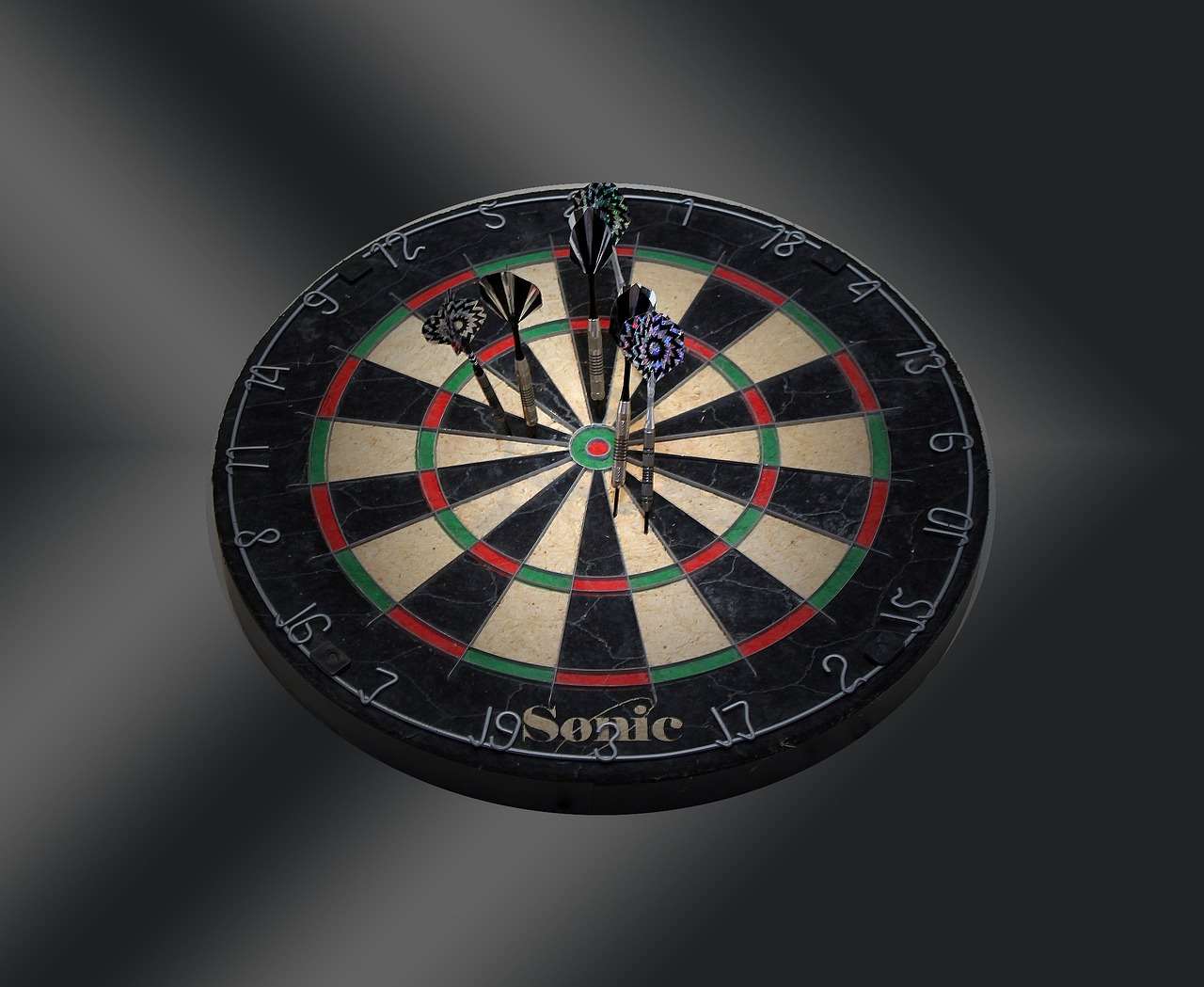
Integrating Resistance Training with Your Dart Practice
The key to success lies in integrating your resistance training for darts with your regular dart practice. Don’t treat them as separate entities. Instead, think of them as complementary components that work together to enhance your overall performance. It’s tempting to focus on one aspect more than the other, but finding a good balance is crucial. Consider scheduling your resistance training sessions on days when you’re not practicing darts intensively, or vice versa.
Avoiding Overtraining
Overtraining can lead to injury and burnout. It’s important to be aware of the signals of overtraining, such as persistent muscle soreness, fatigue, decreased performance, and lack of motivation. If you notice any of these symptoms, reduce the intensity and frequency of your training or take a break altogether. Listen to your body and prioritize recovery and rest. Remember to consult with Darts Fitness Health for help on recognizing these signs. Also, remember to focus on breathing for concentration at oche to improve your performance.
Nutrition and Hydration
Proper nutrition and hydration are essential for optimal performance. Ensure you’re consuming a balanced diet rich in protein, carbohydrates, and healthy fats to fuel your workouts and aid muscle recovery. Stay well-hydrated by drinking plenty of water throughout the day, especially before, during, and after your training sessions. Pay attention to how your body responds to your diet and adjust it if needed. This will help you maintain your energy levels and stamina, particularly during prolonged dart games. Fatigue and dart concentration are closely related.
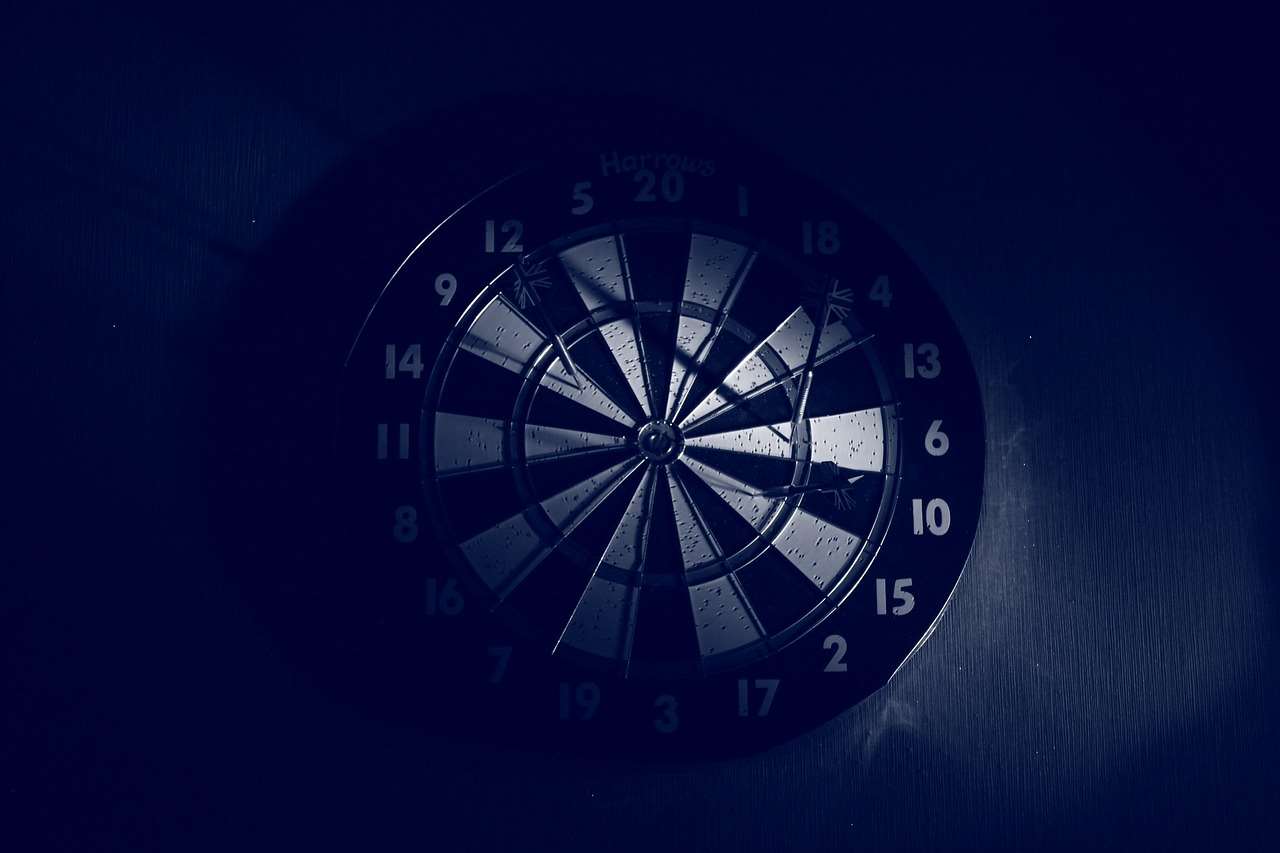
Monitoring Progress
Keep track of your progress by recording your workout routines, weights, and repetitions. Note any changes in your dart performance, such as increased accuracy, power, or consistency. Regularly assess your progress and make adjustments to your training plan as needed. This helps you to keep track of your improvement and make adjustments to maintain progress. The progress you monitor will show you the effectiveness of your combined efforts.
The Benefits of Resistance Training for Darts
The benefits of resistance training for darts extend far beyond increased muscle strength. A well-structured program improves your overall physical condition, reducing the risk of injuries and enhancing your focus and concentration during games. It also helps to improve your posture and balance, crucial elements for a consistent and controlled throwing action.
- Improved Accuracy: A stronger core and improved stability lead to more consistent throws.
- Increased Power: Stronger arm and shoulder muscles translate to greater throwing power.
- Reduced Risk of Injury: Strengthening supporting muscles minimizes strain and prevents injuries.
- Enhanced Focus and Concentration: Regular exercise improves mental clarity and reduces stress.
- Better Endurance: Improved physical conditioning allows for sustained performance during longer matches.
Remember to maintain a well-balanced fitness routine that combines various aspects of fitness for overall wellness and to avoid injury. Consult resources such as cross-training videos for dart players to find inspiration.
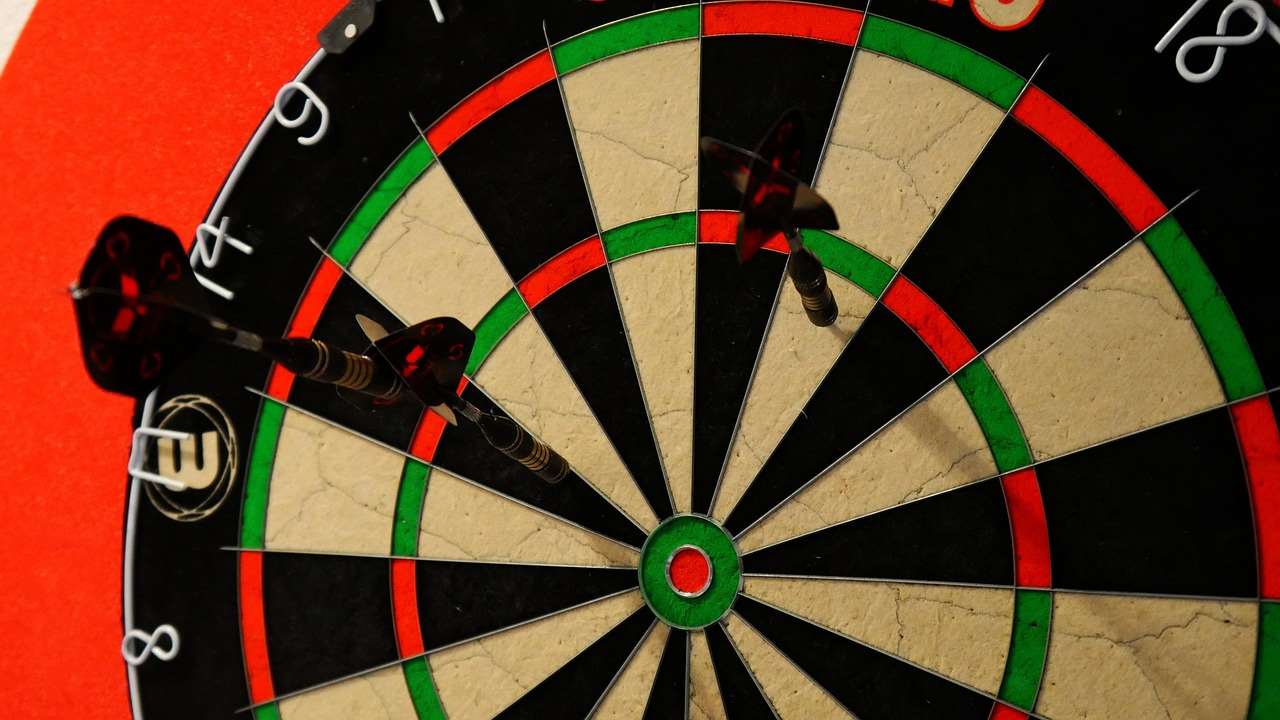
Conclusion: Throw Your Best Game with Resistance Training
Incorporating resistance training for darts into your training regime is a game-changer. It’s not just about brute strength; it’s about precision, control, and endurance. By focusing on core stability, shoulder and arm strength, and grip strength, you can significantly improve your accuracy, power, and consistency. Remember to prioritize proper form, listen to your body, and adjust your plan as needed. Combine your resistance training with consistent practice, proper nutrition, and mental preparation to unlock your full potential. By making a commitment to a well-rounded training plan that incorporates resistance training for darts you will elevate your game to a new level.
Start today! Create your personalized resistance training plan, and get ready to throw your best game yet. Remember to consult your doctor or a physical therapist before starting any new workout routine, particularly if you are dealing with any existing injuries. Consider reviewing common darts injuries to better understand what to look out for and how to prevent them.
For those interested in improving their vision, consider exploring resources on vision for depth perception and breathing for sports performance, while improving mental fortitude is discussed in detail in our article on mental toughness for tournaments.
Hi, I’m Dieter, and I created Dartcounter (Dartcounterapp.com). My motivation wasn’t being a darts expert – quite the opposite! When I first started playing, I loved the game but found keeping accurate scores and tracking stats difficult and distracting.
I figured I couldn’t be the only one struggling with this. So, I decided to build a solution: an easy-to-use application that everyone, no matter their experience level, could use to manage scoring effortlessly.
My goal for Dartcounter was simple: let the app handle the numbers – the scoring, the averages, the stats, even checkout suggestions – so players could focus purely on their throw and enjoying the game. It began as a way to solve my own beginner’s problem, and I’m thrilled it has grown into a helpful tool for the wider darts community.